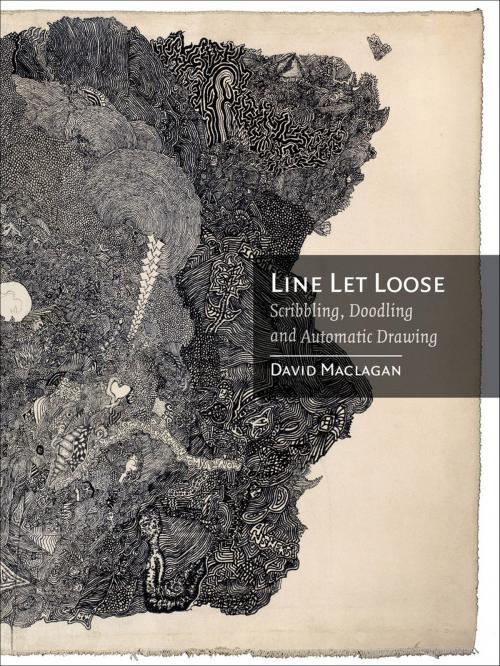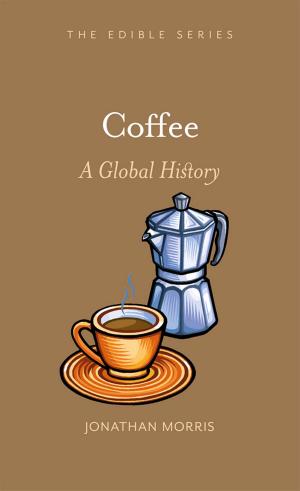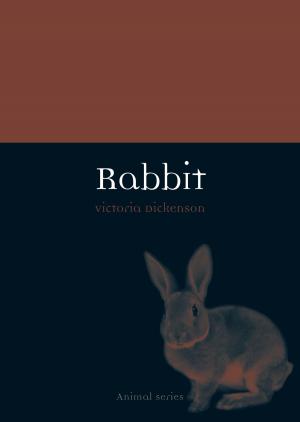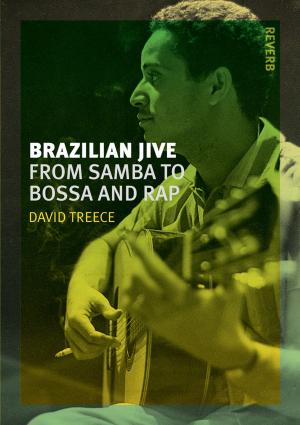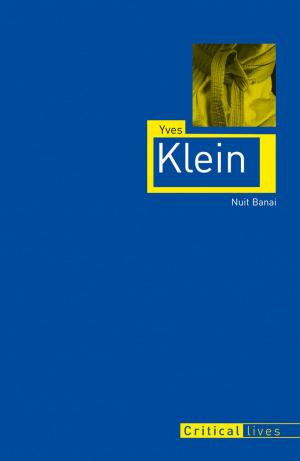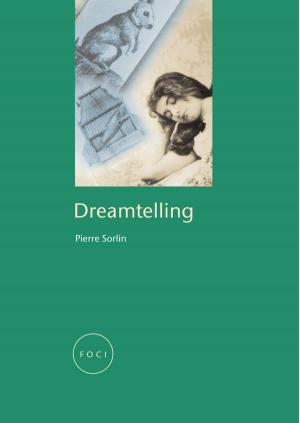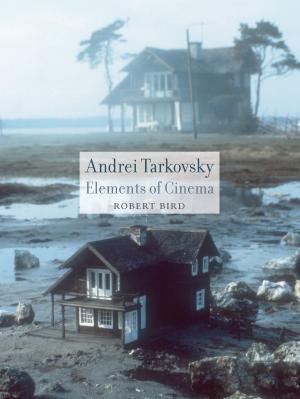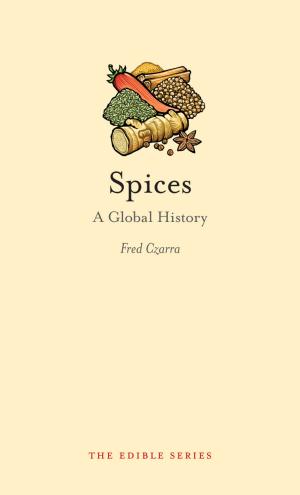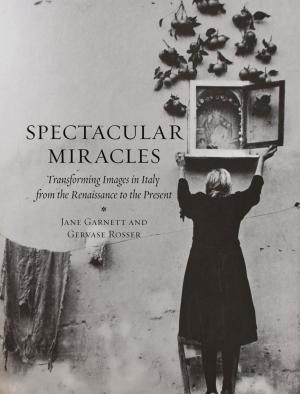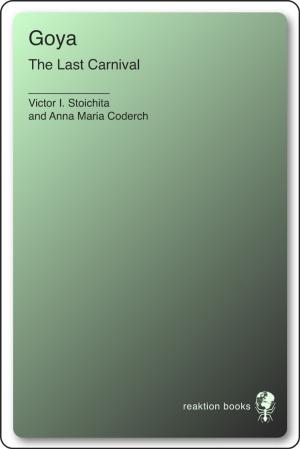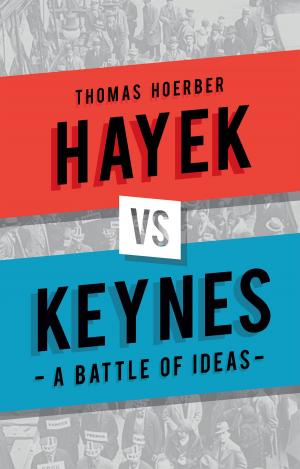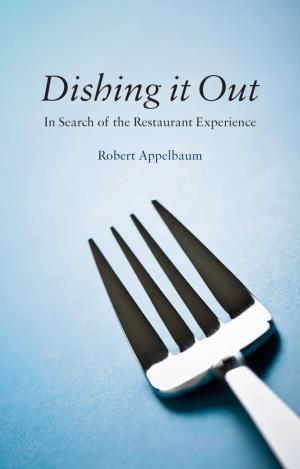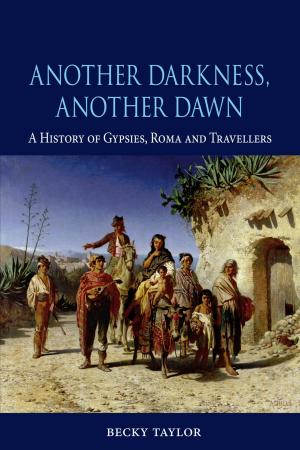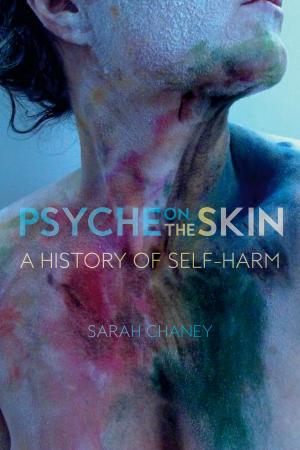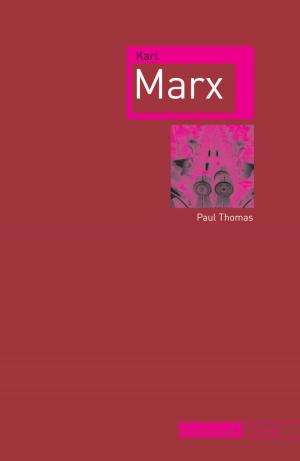Line Let Loose
Scribbling, Doodling and Automatic Drawing
Nonfiction, Art & Architecture, General Art| Author: | David Maclagan | ISBN: | 9781780231310 |
| Publisher: | Reaktion Books | Publication: | July 15, 2013 |
| Imprint: | Reaktion Books | Language: | English |
| Author: | David Maclagan |
| ISBN: | 9781780231310 |
| Publisher: | Reaktion Books |
| Publication: | July 15, 2013 |
| Imprint: | Reaktion Books |
| Language: | English |
As forms of drawing go, scribbling is the most basic: it is seen as playing a formative role in the drawings of both children and primates. Doodling, while still being a widespread phenomenon, is largely an adult preoccupation—a nomadic form of drawing typically produced during meetings and phone calls. But even though those who engage in it are not necessarily trained artists, automatic drawing is a more dramatic event, and the results of an absentminded or trancelike state are sometimes astonishing. Because of their amateur and spontaneous character, all three forms of drawing have been adopted by modern artists seeking to escape from the constraints of their professional skills.
In Line Let Loose, David Maclagan shows that each of these marginal forms of drawing has its own history in spiritualism, surrealism, abstract expressionism, and psychedelic art. Referring to Klee, Pollock, Miro, Twombly, and LeWitt, as well as many lesser-known or anonymous artists, he traces the links between them and a pervasive notion of the spontaneous and ‘unconscious’ creation of forms in art. He suggests that the original novelty of these unconventional drawing processes has begun to wear off, and he explores their new situation in our modern digital culture.
As forms of drawing go, scribbling is the most basic: it is seen as playing a formative role in the drawings of both children and primates. Doodling, while still being a widespread phenomenon, is largely an adult preoccupation—a nomadic form of drawing typically produced during meetings and phone calls. But even though those who engage in it are not necessarily trained artists, automatic drawing is a more dramatic event, and the results of an absentminded or trancelike state are sometimes astonishing. Because of their amateur and spontaneous character, all three forms of drawing have been adopted by modern artists seeking to escape from the constraints of their professional skills.
In Line Let Loose, David Maclagan shows that each of these marginal forms of drawing has its own history in spiritualism, surrealism, abstract expressionism, and psychedelic art. Referring to Klee, Pollock, Miro, Twombly, and LeWitt, as well as many lesser-known or anonymous artists, he traces the links between them and a pervasive notion of the spontaneous and ‘unconscious’ creation of forms in art. He suggests that the original novelty of these unconventional drawing processes has begun to wear off, and he explores their new situation in our modern digital culture.
